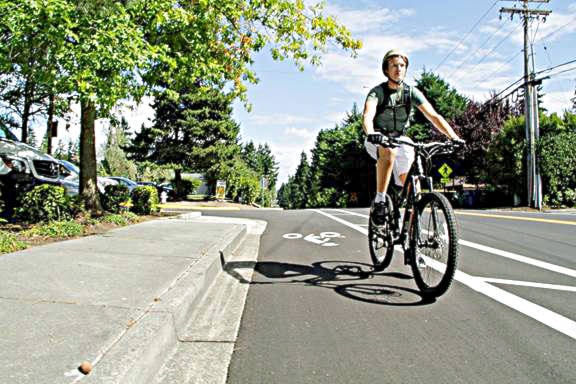In 1971, the population of Toronto was 713,000, about eight times greater than the City of Victoria in 2014 (84,289).
Some of us in Victoria today remember commuting around Toronto 50 years ago on bike lane-free roads. You knew where the bad roads were and found alternatives. Sometimes you rode on sidewalks, at times with an umbrella hoisted in the rain. At intersections, crosswalks and stoplights you walked your bike across, never taking your eye off traffic.
Looking back, commuting to work and school in Toronto more resembled cycling in Asia and the rest of the world today. In time, though, local governments saw fit to get involved with a model that was traditionally and successfully resolved by cyclists and drivers of vehicles. “Statistics show more cyclist collisions” (Saanich News, July 18) provides a rather sorry summary of what the self-interest lobbies and politicians have done to cycling in Greater Victoria.
Readers would do well do catch up on a perspective not surprisingly given no coverage by the local media. Just do a search for “Bicycles kill. How urban cycling policies made city streets more lethal.” It was written in December 2017 for the Financial Post by Lawrence Solomon. Keep it in mind when voting in the municipal election this fall.
Brian Nimeroski
Sooke



